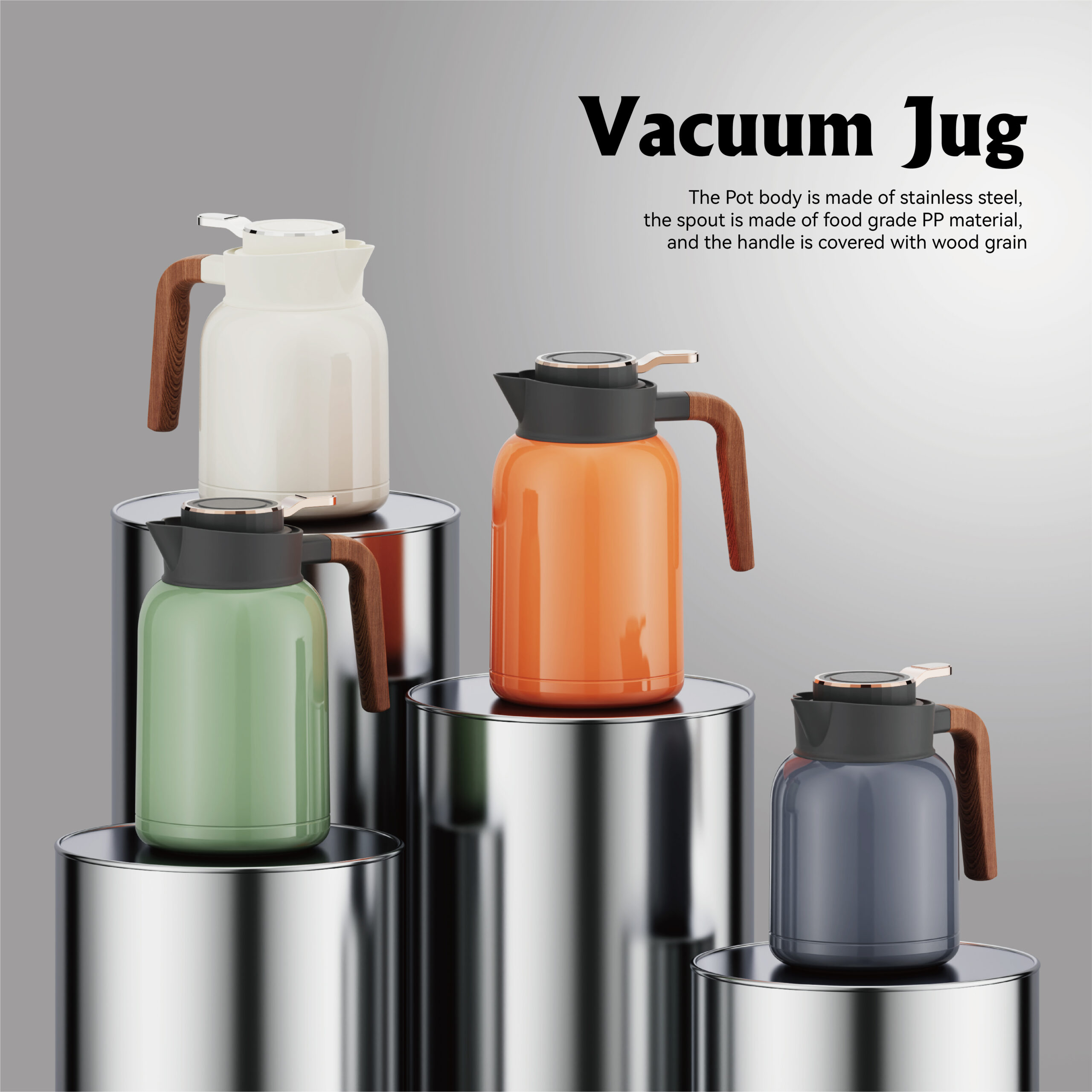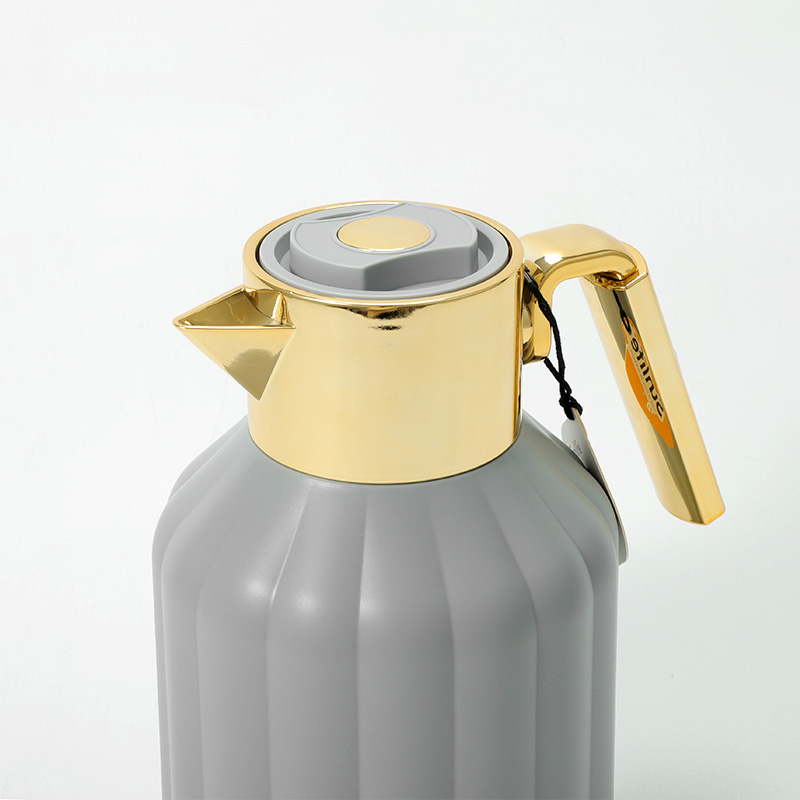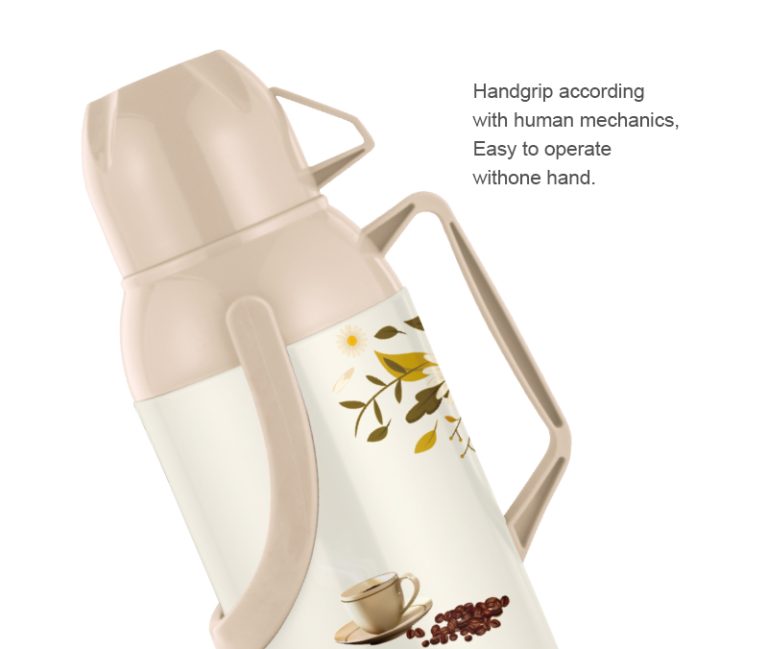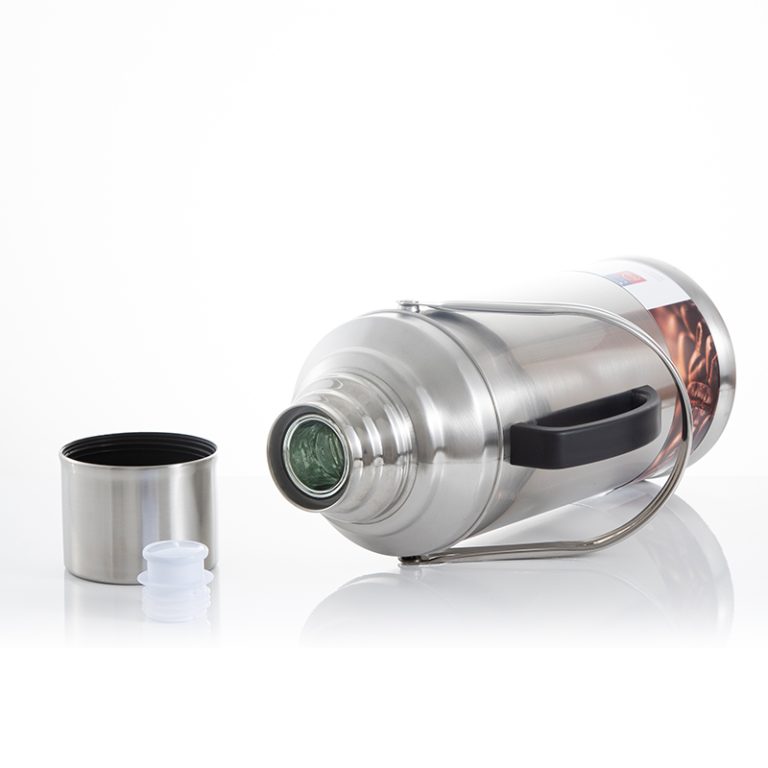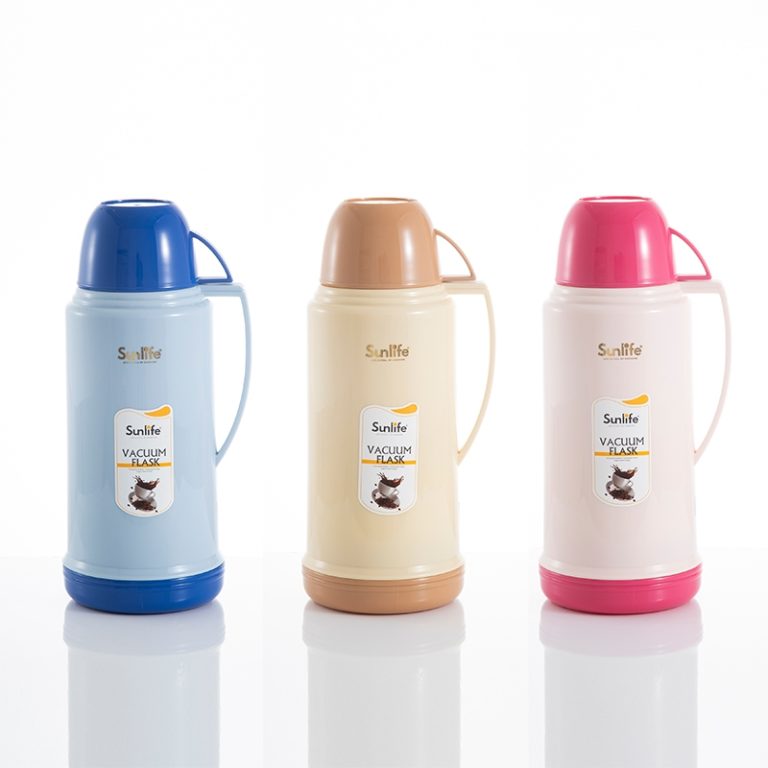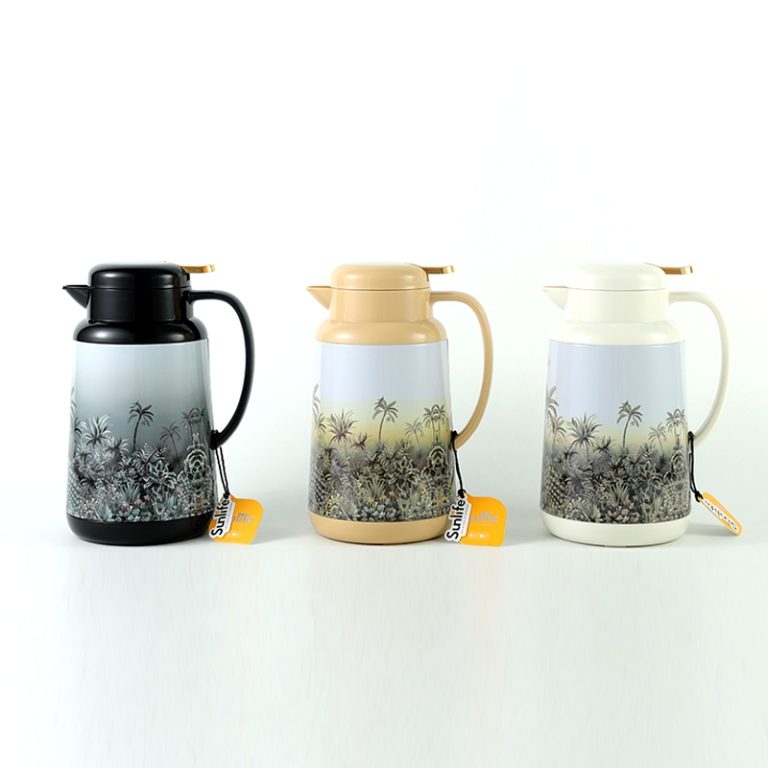Insulated casseroles, which are specially designed pieces of kitchenware, are essential for preserving the temperature of food. These containers utilize advanced insulation technology to keep hot dishes warm and cold dishes cool. Over time, insulated containers have seen significant advancements. Initially, simple methods like wrapping food in fabrics were employed to retain temperature. In contrast, modern insulated casseroles now incorporate sophisticated materials and construction techniques to deliver optimal performance.
Understanding Insulated Casseroles
Definition and Functionality
An insulated casserole is a dish that keeps its contents warm for hours. These casseroles have numerous everyday functions, from holding your home cooking at a temperature while transporting it to a gathering or helping keep a cold dessert cool—but they can all be used in the same easy fashion. These casseroles have multiple uses in daily life whether to keep your sumptuous home-cooked food warm while driving or just to ensure that a chilled dessert remains cool where you need this casserole.
Historical Development
The idea of insulating food goes back to the beginning when crude insulation boards were used to hold warmth or coolness. Due to improvements in material science and technology, insulated casseroles are very effective and convenient today. This evolution corresponds with the increased need for safe storage methods that are easy to bring anywhere.
Common Materials for Insulation
Casseroles used in modern-day insulated cooking are made of double-layer stainless steel, plastic, and silicone. They choose these materials for their excellent thermal properties, durability, and food safety. The inner layers are generally made up of food-grade materials to maintain the purity of the food, and the outer layers provide basic insulation to decrease the amount of heat exchange.
The Science Behind Temperature Retention
Principles of Thermal Insulation
When something is placed in an Insulated Casserole, it receives thermal insulation due to the decrease in heat transfer from one portion of the container to another. This is done by employing low thermal conductivity, ultimately decelerating heat transfer. It is done using materials with lower thermal conductivity causing a very slow temperature difference across the unit.
Role of Vacuum Seals and Double-Wall Construction
Insulated Casseroles work mainly based on vacuum seals and double-wall construction. Vacuum seals have a gap or space where there is no air, one of the main media for heat transfer. The double-wall construction is a feature that provides an additional layer of protection, keeping whatever you have inside insulated from the temperature conditions outside. The double-wall construction provides additional insulation, keeping everything inside safe from what is outside.
Heat Transfer Mechanisms: Conduction, Convection, and Radiation
Heat transfer in insulated vessels occurs through conduction, convection as well as radiation. The method of heat transfer that takes place through their direct contact is called conduction, and the method occurring via fluid or gas motion is referred to as convection. Radiation: It consists of the release of infrared energy. To avoid these processes, insulated casseroles are specially designed that retain the temperature of their contents in a better way as compared to any other company that provides containers for hot and cold food.
Performance in Scorching Heat
Efficient Heat Retention for Warm Dishes
On particularly sweltering and lift-friendly days, retaining the heat of food made hours before service is imperative. Insulated Casseroles are effective for that. The design acts as a heat barrier that prevents your food from getting cold in hot seasons. These have been designed to prevent loss of heat, making sure that your food stays fresh even in warm weather.
Practical Tips for Maximum Efficiency in Hot Weather
Pre-heating Techniques
It is recommended to pre-warm an insulated casserole before putting food into it. The last trick is to pour some hot water into the casserole and let it rest for a few minutes, this warms the inside of the casserole, which results in better heat retention. So just fill the casserole with hot water and let it sit for a couple of minutes to warm up the inside so that your casserole dish will be more efficient at getting hotter more quickly.
Proper Sealing Methods
Keeping the casserole properly covered is key to maintaining heat. An insulated Casserole that is tightly closed prevents hot air from escaping and cold air from coming in, which is essential to retaining heat. An insulated casserole insulated well not only prevents hot air from escaping but also reduces cool draught into the vessel which somewhere holds a key to heat retention.
External Environmental Factors to Consider
Insulated casseroles can also be impacted by external conditions such as direct sunlight. Well, such a shaded spot can also contribute to keeping the temperature of the casserole. Keeping the casserole in a shady spot takes a lot to keep the food warm.
Effectiveness in Frosty Cold Conditions
Keeping Food Warm in Cold Environments
Insulated Casseroles are equally effective in frosty cold conditions, keeping meals warm for hours. Their insulation prevents cold air from penetrating, ensuring that the food stays warm despite the external chill.
Techniques to Enhance Retention in Frozen Settings
Pre-warming Strategies
If you are in a cold climate and need a casserole to hold temps better, then warm the dish before putting food in it. Fill the casserole with hot water, which just gets it ready for better performance (in a sense like pre-heating!) By filling the casserole with hot water to prepare it for optimal performance, exactly how you would pre-heat a method
Adding Heated Inserts or Hot Water Bottles
You can insert heated inserts or hot water bottles into the insulated casserole to help keep things warm. This additional heat source can help to keep the food warm longer. This additional heat source could keep the food warm longer.
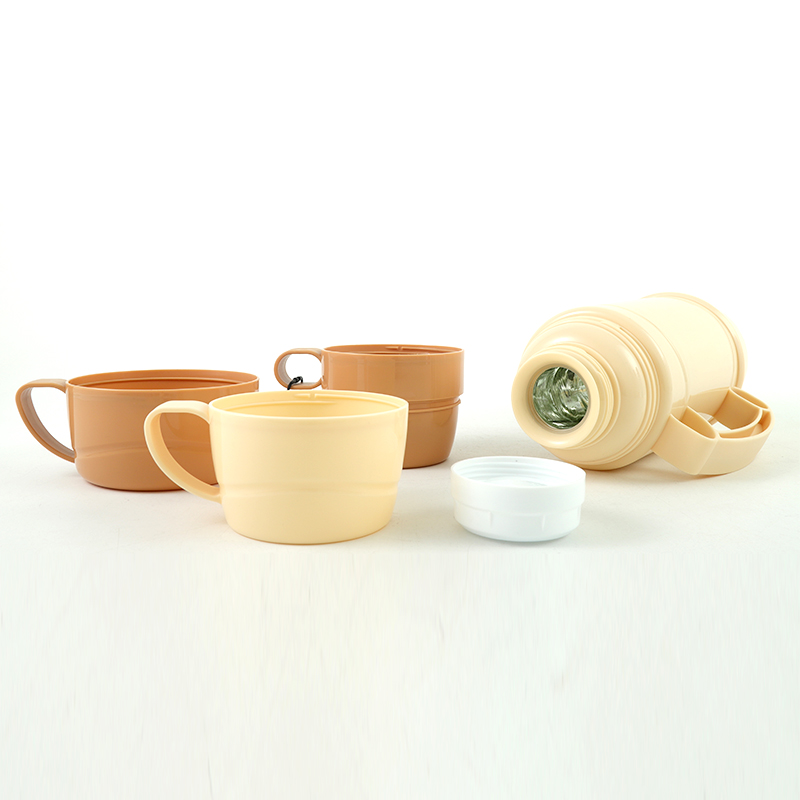
VELEY
Zhejiang Veley has been making waves for over two decades, establishing itself as a powerhouse in the industry. What makes them stand out? Their relentless pursuit of excellence and innovation. With a dedicated design and development team, they’re constantly rolling out new products every couple of months, ensuring they stay ahead of the curve.
But innovation is only part of the solution. Zhejiang Veley emphasizes details and user experience. Something like their insulated casseroles, for example, are designed to retain temperature in extreme heat and freezing temperatures. Double-layer to keep hot, made from a stainless steel outer layer and food-grade materials including an efficient heating oil inner to provide reliable and hygienic service. The last thing you want is for your containers to be out of place in their surroundings, whether you’re hosting a dinner party or packing a meal to take into the office — thankfully, Veley has designed their products with this factor in mind.
But their devotion to quality is even greater. It has formed a systematic sales model that integrates domestic and international trade, ensuring the best products to customers worldwide through roots in ZHEJIANG VELEY. The across-the-board synergy showcases their dedication to maintaining excellence via customer service and vast international penetration. Such dense integration showcases not just their commitment to client services but also their far-reaching global presence.
By knowing how insulated casseroles work, and the science of good insulation, you can maximize its performance even more. Insulated casseroles are a reliable way to keep your food at its ideal temperature, no matter the sizzling heat or ice cold. Using techniques such as pre-heating and opportunity for definite sealing enables ample functioning under diverse environmental settings.
Usage Scenarios and Practical Applications
Outdoor Picnics and Barbecues
answer for insulated casserole will be a perfect buddy for outdoor picnics and BBQs. This makes sense with those types of setups that include hot and cold items kept at optimal temperatures until they are served. Your steaming hot entrées — kept warm in insulated casseroles, salads, and desserts? Cold as a happy summer day. It guarantees a pleasant meal, no matter how hot it is outside.
Winter Camping and Outings
For winter camping and other chilly outdoor activities, an Insulated Casserole can be a game-changer. Serving a warm, comforting meal in freezing conditions not only boosts morale but also provides the necessary warmth and nutrition to endure the cold. The advanced insulation technology in these casseroles keeps your meals appetizingly warm for extended periods, making them indispensable for cold-weather excursions.
Professional Catering Events
At a professional level within catering, the importance of maintaining food at the desired temperature helps to give proper quality to your plate. Insulated Casseroles are a must-have for any catering job, as they keep food hot or cold and ready to serve no matter how far you travel from the kitchen. These casseroles also prevent bacteria growth since food safety is an issue when the temperature keeps changing.
Maintenance Tips for Longevity and Performance
Regular Cleaning Procedures
Regular cleaning is required to keep your Insulated Casserole functional and hygienic. You should disassemble all removable parts after every use and wash them well with hot, soapy water. Be sure to focus on the seals and lids as these tend to trap food solids and bacteria. Ensure everything is dried thoroughly before assembly to avoid mold.
Proper Storage Methods
Proper storage: Proper storage when not in use is another key ingredient to increase the lifespan of an Insulated Casserole. Keep the casserole in a cool, dry area away from direct sunlight and excessive heat. Do not put heavy things on the casserole, which from my experience will either break the insulation damage hotspot, or push vegetables down to suck juices, and destroy the insulating ability While not in use — leave the lid open a crack for airflow to prevent nasty smells.
Handling Wear and Tear
Just like everything you own, your Insulated Casserole gets worn out too with time. Be careful, and do not drop or knock it down because this will lose its thermal efficiency. Check for wear on the gaskets and seals, replacing them if they are degraded. With the appropriate maintenance, your casserole will maintain its ability to hold temperature for years down the road.
Benefits Beyond Temperature Maintenance
Nutritional Advantages of Consistent Temperatures
Using an Insulated Casserole to maintain consistent temperatures in food has nutritional advantages. Different nutrients can deteriorate at various temperatures, but by keeping food steadily warm or cool, these casseroles help maintain the nutritional integrity of meals. Whether it’s preserving the vitamins in hot dishes or keeping fresh produce fresh and nutritious, these tools are essential for meal quality.
Enhancing Food Safety by Avoiding Bacterial Growth
One more thing that makes this thermal bag unique is safe food. If food is kept at varying temperatures, especially within the temperature range of 40°F – 140°F (the danger zone), then bacteria will proliferate. These casseroles help to mitigate the risk of food-borne illnesses where it is common to consume food that is stable and at safe temperatures for a long time —so your dish not only tastes good but also is secure in terms of being consumed.
In-Depth Analysis of Insulated Casserole Features
Insulated Casseroles are a cut above the rest due to double-layer stainless steel and food-grade silicone. These materials are chosen as they possess unique properties that potentially combine thermal insulation functionality with food safety aspects. The vacuum seals, along with the double-wall construction, are engineered to block heat transfer conduction, convection, and radiation–sealing in temperature and ensuring that your beverage will stay hot or cool longer.
With an understanding of these traits and by following maintenance tips, one can ensure to gain the best from Insulated Casseroles. Ideal containers with temperature management solutions for outdoor picnics, catering professionals as well as winter camping so that food safety and nutritive value are maintained in them. Be they outdoor-Barbecues, winter camping, or professional catering, such containers offer reliable solutions for either temperature control and maintenance at an ideal level or food safety whilst retaining nutritional values.
In summary, Insulated Casseroles are indispensable tools that adapt well to a range of extreme temperatures, making them highly versatile for various applications. With proper care and usage, these casseroles can provide long-lasting performance, enhancing both the convenience and quality of your meals.

